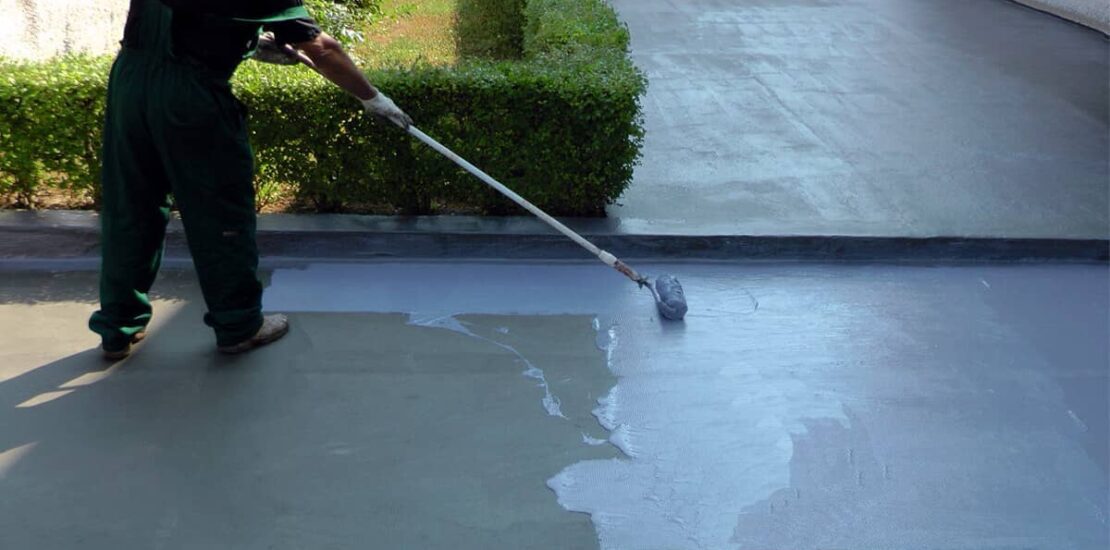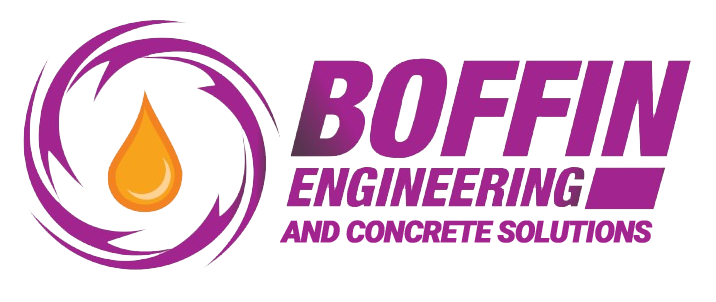- September 28, 2023
- Posted by: boffin
- Category: Uncategorized

Waterproofing is a critical component of construction and building maintenance. It’s the first line of defense against water infiltration, which can cause extensive damage to structures over time. While choosing the right waterproofing materials is crucial, equally important is the proper preparation of the surface to which these materials will be applied. In this article, we’ll explore why surface preparation is paramount for effective waterproofing treatment.
- Ensures Proper Adhesion
One of the primary reasons surface preparation is vital for waterproofing is that it ensures proper adhesion of the waterproofing materials to the substrate. Whether you’re applying liquid membranes, sheet membranes, or coatings, they must bond securely with the surface to create a watertight seal. Surface preparation techniques such as cleaning, roughening, and priming help remove contaminants, create a suitable texture, and enhance adhesion. Without this strong bond, waterproofing systems can fail prematurely, allowing water to penetrate.
- Prevents Surface Irregularities
Surface irregularities, such as cracks, voids, or uneven areas, can compromise the effectiveness of waterproofing treatments. These imperfections provide pathways for water to infiltrate the structure. Surface preparation methods like patching and leveling can help address these issues before applying waterproofing materials. Repairing cracks and leveling surfaces not only improves waterproofing but also enhances the overall structural integrity of the building.
- Enhances Durability
Proper surface preparation is a key factor in the long-term durability of waterproofing systems. Without it, the waterproofing materials may degrade quickly due to exposure to environmental factors like UV radiation, freeze-thaw cycles, or chemical contaminants. Surface preparation methods such as abrasive blasting, acid etching, or mechanical scarification create a clean, stable, and durable substrate that can extend the life of the waterproofing system.
- Supports Consistent Coverage
Achieving consistent coverage of waterproofing materials is essential to ensure uniform protection against water intrusion. Surface preparation helps create a smooth and even substrate, allowing for the consistent application of coatings, membranes, or sealants. This uniform coverage is crucial for preventing weak points in the waterproofing system that could lead to leaks.
- Saves Time and Costs
Investing time and effort in surface preparation can save both time and costs in the long run. Properly prepared surfaces reduce the likelihood of rework or repairs after waterproofing application. It also minimizes the risk of premature waterproofing failure, which can lead to costly water damage remediation and structural repairs. By addressing surface issues upfront, you can avoid these expenses and ensure the longevity of your waterproofing system.
Conclusion
In the world of construction and building maintenance, effective waterproofing is a fundamental requirement. However, the success of any waterproofing treatment depends significantly on proper surface preparation. Whether you’re waterproofing a new structure or addressing maintenance needs, taking the time to clean, repair, and prepare the surface can make all the difference. It enhances adhesion, prevents irregularities, improves durability, ensures consistent coverage, and ultimately saves time and costs. When it comes to waterproofing, surface preparation isn’t just a step; it’s the foundation for success.
Need waterproofing services or products? We provide high quality, innovative concrete solutions and services in engineering and construction industry. Contact us today.
